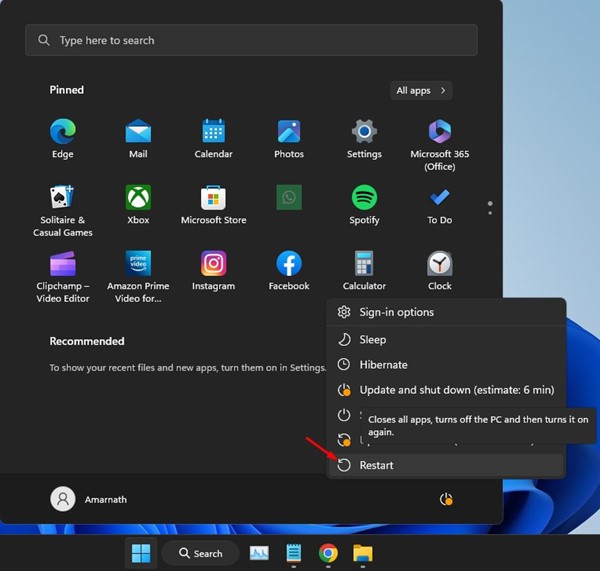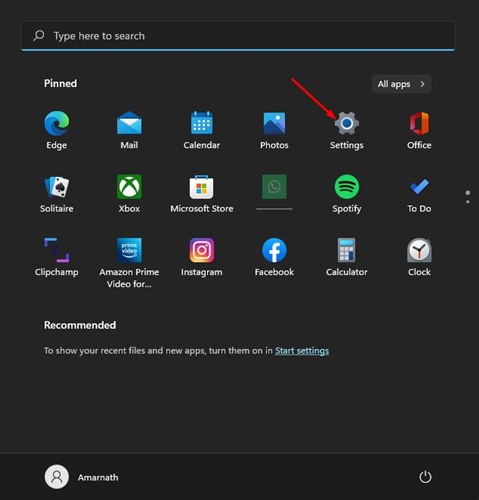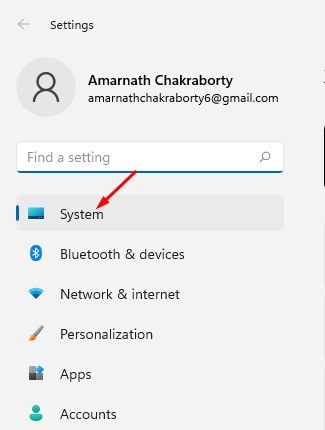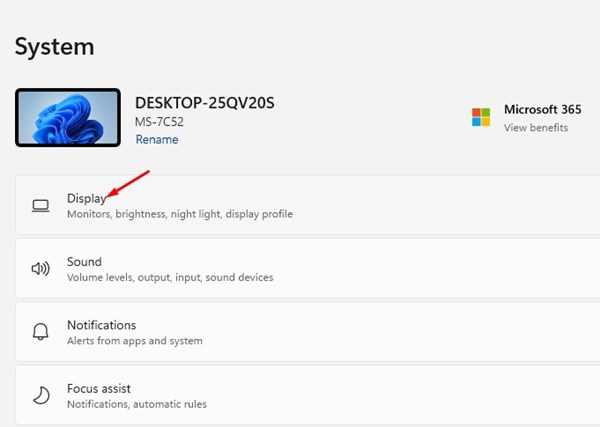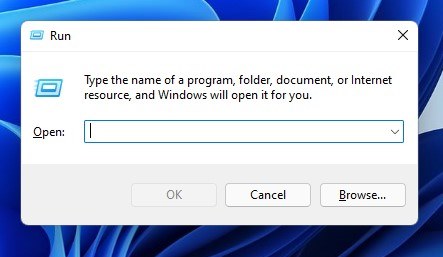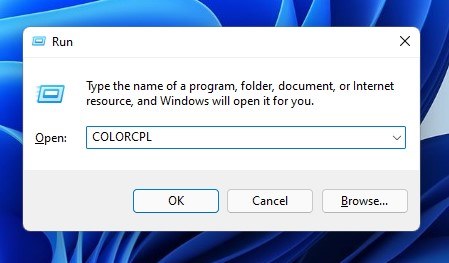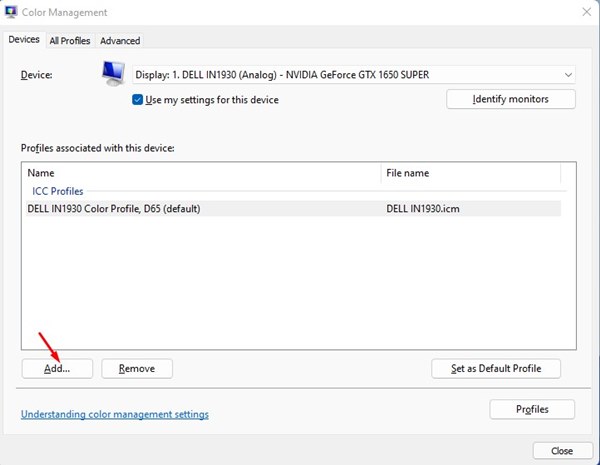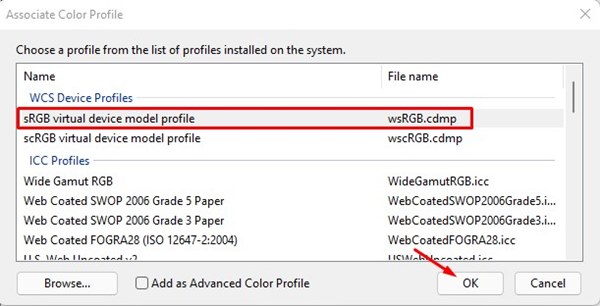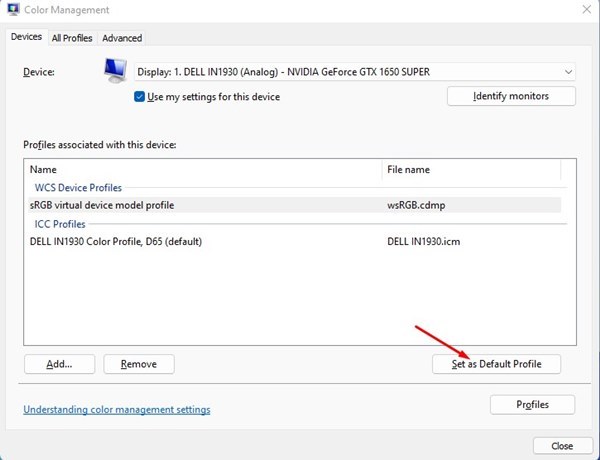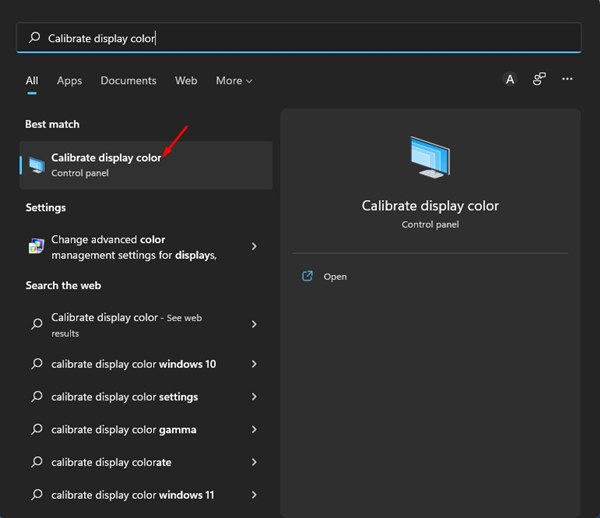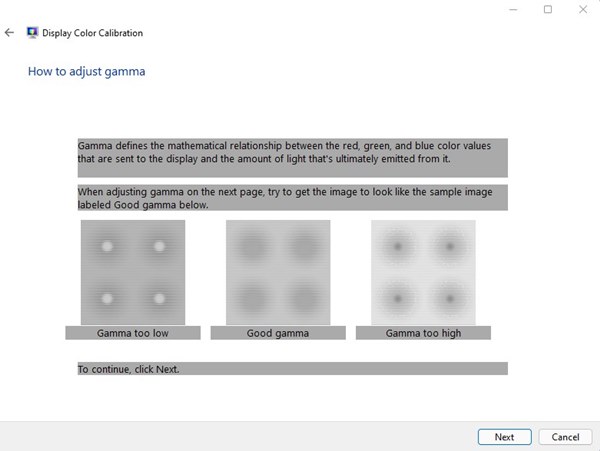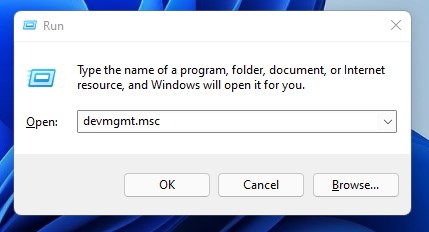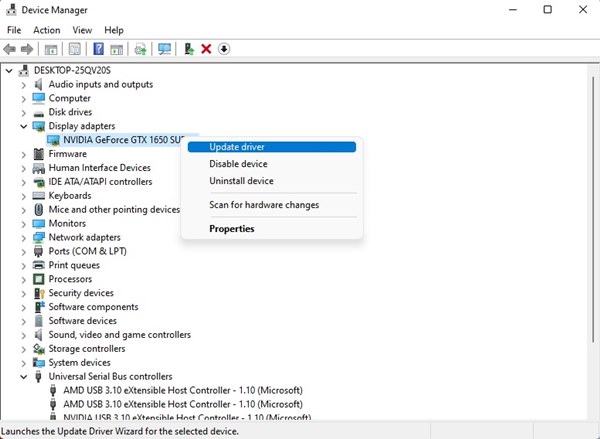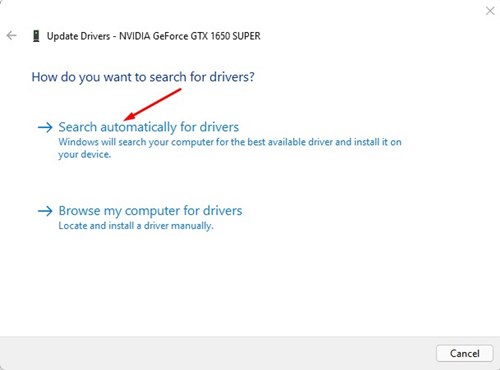While using Windows 11, many users have reported the Yellow tint issue on display. If you are experiencing the same issue, you have come to the right place. This article will discuss why a yellow tint appears on the Windows 11 screen and how it can be fixed.
The yellow tint issue on Windows 11 is a common problem, but it can be alarming for some since viewing anything outside the normal on display can be scary. Yes, there are probabilities of hardware problems, but most of the time, the Yellow tint issue occurs due to software-based problems.
So, if you often encounter a Yellow Tint issue on the Windows 11 screen, you need to look at a few things to resolve the issue. The problem usually appears when a 3rd party program interferes with the display settings. It also appears due to bugs or glitches in the software or hardware.
How to Fix Yellow Tint Issue on Windows 11 Screen
Whatever the reason, the Yellow tint issue on the Windows 11 screen can be fixed in easy steps. Hence, this article will share a few of the best methods to resolve the Yellow Tint issue on Windows 11 screen. Let’s check out.
1. Restart Windows 11
Chances are that Windows 11 has just updated your display driver and is pending restart. Or a bug or glitch may be conflicting with the functionality of the graphics driver, leading to yellow tint issue.
Since the cause of Yellow tint on display is unknown, it’s best to restart your computer. Restarting will possibly refresh all drivers & eliminate bugs and glitches in the operating system.
To restart Windows 11, click on the Windows 11 Start Menu. On the Start menu, click on the Power Options and select Restart.
2. Rule out the Hardware Issues First
Before you try the troubleshooting tops, it’s important to rule out the hardware issues. No software-based modification will work if you have a faulty display or cable.
So, it’s important to closely inspect & rule out hardware issues like physical damage, faulty cables, faulty ports, etc.
Ensure that the cable connecting your monitor to your PC isn’t lost or damaged as this often leads to a Yellow tint issue.
3. Turn off the Night Light
Night Light on Windows 11 is an eye protection feature that filters out harmful blue light from your PC screen. It applies a warmer color to your screen, and the tone is yellowish.
So, if you suddenly experience a yellow tint on your display, you must turn off the Night Light feature. To turn off the Night light on Windows 11, follow some simple steps we have shared below.
1. First, click the Windows 11 Start button and select Settings.
2. On the Settings app, click on the System option as shown below.
3. On the right pane, click on the Display.
4. On the Display, scroll down to the Brightness & Color option and turn off the Night Light.
That’s it! You are done. If the Yellow tint appears due to Night light, it will be fixed immediately.
4. Check if your PC has any third-party night light app
Many third-party night light apps, like Flu.x, Redshift, and Iris, are available for Windows. These add a yellow tint overlay on your display to prevent eye fatigue.
So, if the Yellow Tint appears even after turning off the night light of Windows, you need to check if any third-party app is causing it. Open the Control Panel and find apps that can change the color of the display and monitor.
Once you find the app, right-click on it and select Uninstall. Make sure to restart your computer after uninstalling the third-party night light app.
5. Change the Color Profile
We will use the Windows 11 Control panel to change the color profile in this method. Follow some of the simple steps shared below.
1. First, press the Windows Key + R button to open the Run Dialog box.
2. On the RUN dialog box, enter COLORCPL and hit the Enter button.
3. This will open the Color Management Window. Here, switch to the Devices tab.
4. Under the Device, select your monitor and click the ‘Add..’ button at the bottom of the screen.
5. On the Associate Color Profile Window, select the sRGB virtual device model profile and click the OK button.
6. Now, on the Color Management Window, select the sRGB virtual device model profile and click on the Set as Default Profile option.
That’s it! You are done. This is how you can change the color profile on Windows 11 to fix the Yellow tint issue.
6. Calibrate your Windows 11 Display
Like Windows 10, Windows 11 also includes a color calibration tool that can help you adjust the colors displayed on the screen. You can run the color calibration tool on your Windows 11 to fix the Yellow tint issue. Here’s what you need to do.
1. First, click on the Windows 11 search and type in Calibrate Display Color. Next, open the Calibrate Display Color option from the list.
2. On the Display Color Calibration Window, click the Next button.
3. You need to follow the on-screen instructions to adjust the display colors.
That’s it! You are done. This is how you can run the Color Calibration tool on Windows 11 to fix the Yellow tint issue.
7. Update the Graphics Driver
If the Yellow tint still appears on your Windows 11 computer, you need to update the Graphics driver. Outdated graphics drivers are often the lead cause of Yellow tint issues and many other display-related problems. Here’s how you can update the graphics driver on Windows 11.
1. First, click the Windows Key + R button to open the RUN dialog box.
2. On the RUN dialog box, type in devmgmt.msc and hit the Enter button.
3. Now expand the Display adapters and select your installed driver. Now, right-click on the Display adapter and select the Update driver option.
4. On the Update Drivers window, click the ‘Search automatically for drivers’ option, as shown below.
That’s it! You are done. This is how you can update the display driver on your Windows 11 PC to fix the Yellow tint issue.
8. Connect Another Monitor
If the Yellow Tint still appears on your display, you must check for hardware problems. To confirm that your PC’s display has hardware problems, connect another monitor/display to your PC.
If a Yellow tint appears on a laptop, you must call the local technician or take the laptop to the service center to troubleshoot the problem.
So, these are the best ways to resolve the yellow tint issue on the Windows 11 screen. I hope this article helped you! Please share it with your friends also. If you have any doubts, let us know in the comment box below.
